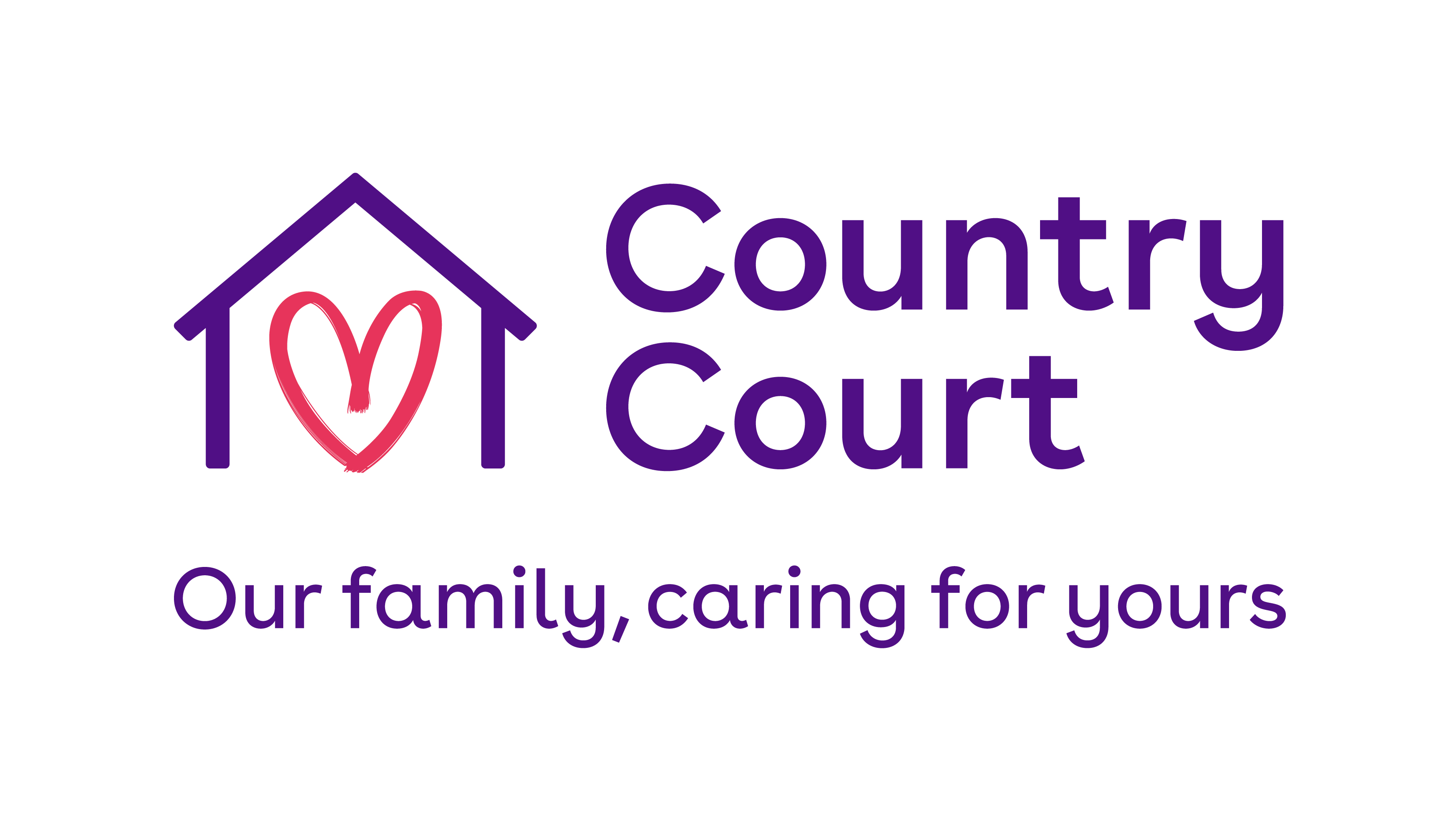Title Page
-
Site Name
-
Person Responsible for Fire Safety
-
Person(s) Consulted
-
Date of Fire Risk Assessment
-
Assessor
-
Last FRA date
-
Review Date
INTRODUCTION & SUMMARY:
-
This Fire Risk Assessment is carried out under the requirements of The Regulatory Reform (Fire Safety) Order 2005. The methodology is based on the BSI-PAS79 Fire Risk Assessment-Guidance. It is designed to provide an informed and structured examination of the potential Fire Hazards that could cause harm to those who work in, visit or try to escape from the above premises. As appropriate, it will help decisions to be made on the status of existing Fire Safety Control Measures to ensure compliance with current Fire Safety Legislation.
The observations and recommendations contained in this Fire Risk Assessment are pertinent to the conditions on the date of completion only (see above). Regular monitoring to include review and revision is advised to maintain the required standard. Such reviews should take place at least annually or if any changes occur to personnel present on site or to the structure or use of the premises (or part thereof). -
Scope of Assessment
-
Summary
1. THE PROPERTY
-
Brief Details of Construction
Floors
-
Total Number of Floors
-
Below Ground Level
-
Above Ground Level
-
Number of internal staircases
-
Number of external staircases
-
Brief Details of Usage
undefined
2. OCCUPANCY
Approximate maximum number of
-
Day Staff
-
Night Staff
-
Students
-
Visitors
-
Public
-
Other
Occupants at Special risk
-
Maximum Capacity
-
Current Capacity
Disabled
-
Bed-ridden
-
Mobility-dependent
-
Hearing
-
Visual
-
Remote areas
-
Others
3. FIRE SAFETY PROVISION
-
Is a conforming BS 5839 Fire Alarm system in place?
-
Is the Fire Alarm System maintained in accordance with British Standards
-
Are Emergency Lights fitted?
-
Are Emergency Lights tested annually in accordance with British Standards?
-
Are Portable Fire Appliances (including hose reels) installed?
-
Are the Portable Fire Appliances (including hose reels) maintained in accordance with British Standards?
-
Is a sprinkler system installed?
-
Is the Sprinkler System maintained in accordance with British Standards?
-
Are any Automatic Extinguishing systems installed?
-
Are all Automatic Extinguishing Systems maintained appropriately?
-
Are there any Hydrants or Dry/Wet Risers?
-
Are all Hydrants/Risers maintained & tested appropriately?
4. PROCEDURES & ARRANGEMENTS
-
Is there a suitable & sufficient set of Fire Procedures in place?
-
Is Fire Safety included as part of staff induction training?
-
Are all staff trained in General Fire Awareness?
-
Are all staff provided with 'refresher' training as appropriate?
-
Are there sufficient Fire Wardens appointed & have they received appropriate training?
-
Are regular Fire Evacuation drills carried out?
-
Weekly testing of the Fire Alarm System
-
Monthly testing of Emergency Lights
-
Regular inspections of Portable Fire Appliances
-
Routine checks of Fire & Final exit doors (including smoke seals, self-closers & security fastenings)
-
Do staff log in/out of the premises?
-
Do visitors log in/out of the premises?
-
Is there a suitable Fire Log Book on site?
5. RECORDS OF FIRE LOSS IN THE BUSINESS
-
Have you ever suffered loss resulting from fire? Detail if answered ‘yes’
6. AUTOMATIC FIRE SUPPRESSION SYSTEMS
-
List any automatic extinguishing systems installed (if any):
-
Are any of the above connected to the main Fire Alarm system?
-
If any Sprinkler systems are installed – are they connected to the main Fire Alarm system?
7. SMOKING
-
Are reasonable measures taken to prevent fires as a result of smoking?
-
Is smoking prohibited in the building?
-
Are there appropriate external smoking areas?
8. SOURCES OF IGNITION
-
Has the Electrical Installation (Fixed Wiring) been tested within the past 5 years?
-
Is the location of the main Electrical cut-off point clearly marked and known?
-
Have Portable Electrical Appliances been PAT tested?
-
Is there a reasonable limitation on the use of extension leads, adapters & personal electrical equipment?
-
Is the location of the main Gas cut-off point clearly marked and known?
-
Is LPG used and stored correctly?
-
Is the use of portable heaters avoided as far as is practicable?
-
Is the use of more hazardous type (e.g. radiant bar fires or liquid fuel appliances) avoided?
9. OTHER FUEL
-
Is other fuel (e.g. petrol and diesel) used and stored correctly?
-
Are any Oxygen cylinders stored correctly?
-
Are there any other significant sources of ignition?
10. COOKING
-
Does cooking take place – other than kettle, toaster and microwave?
-
Are reasonable measures taken to prevent fires as result of cooking?
-
Are suitable and sufficient extinguishing appliances available?
-
Has Kitchen Canopy maintenance taken place in the last twelve months ?
11. OTHER HAZARDS
-
Are there any other hazards (e.g. forklift trucks) on site?
12. GENERAL HOUSEKEEPING
-
Do combustible materials appear to be separated from Ignition Sources?
-
Are all hazardous/highly combustible/flammable materials stored appropriately?
-
Is furniture in good condition & any foam filling covered?
- Yes
- No
- N/A
-
Is waste collected regularly and disposed of?
-
Is there an absence of unnecessary fire loading in close proximity to the building or available for ignition by outsiders?
13. FIRE SAFETY SIGNS & NOTICES
-
Are there sufficient ‘Fire Exit’ directional signs?
- Yes
- No
- N/A
-
Are suitable & sufficient ‘Fire Action’ notices provided?
-
Do all final exit doors have ‘Fire Exit Keep Clear’ signs fitted?
-
Are suitable Assembly Point signs provided?
14. EMERGENCY AND/OR ESCAPE LIGHTING
-
Is there sufficient internal emergency lighting?
-
Is there sufficient external emergency lighting?
15. MEASURES TO LIMIT FIRE SPREAD & DEVELOPMENT
-
Where necessary are appropriate fire doors installed?
-
Are fire doors in good condition with no breach to their integrity?
-
Where fitted - are all internal fire doors installed correctly (i.e c/w smoke seals & self closers)?
-
Are there any holes/breaks in walls floors or ceilings or other voids that could aid the speed of fire spread?
16. MEANS OF ESCAPE
-
Is the property provided with reasonable Means of Escape in case of fire?
-
Is there adequate provision of exits?
-
Can all exits be easily and immediately opened when necessary?
-
Do all doors on Escape Routes open in the direction of travel?
-
Are sliding or revolving doors used as Fire Exits?
-
Are there suitable facilities for evacuating those with disabilities?
-
Are all escape routes free of obstruction?
17. SECURITY & DOOR ENTRY SYSTEMS
-
Is a Door Entry System installed within the premises?
-
If so is it connected to the Fire Alarm system?
-
Does basic security against arson by outsiders appear to be reasonable?
18. MEANS OF GIVING WARNING IN CASE OF FIRE
-
Category of Fire Alarm System (if known)
-
Are there suitable/sufficient means for raising an alarm?
-
Is there suitable/sufficient means for automatic fire detection?
-
Is there remote transmission of Fire Alarm signals?
19. MANUAL FIRE APPLIANCES
-
Are there suitable and sufficient portable fire appliances?
-
Are all extinguishers sited correctly & unobstructed?
-
Are all necessary ID signs correctly fitted?
-
Are any Hose Reels installed?
Risk
-
The following simple Risk level Estimator is based on a more general Health & Safety Risk Level Estimator contained in BS8800:2004
-
-
Taking into account the fire prevention measures observed at the time of this Fire Risk Assessment, and the 'fire history' of the site, it is considered that the hazard from fire (probability of ignition) at this premises is:
-
In this context, definition of the above terms is as follows:
LOW: Unusually low likelihood of fire as a result of negligible potential sources of ignition
MEDIUM: Normal fire hazards (e.g. potential ignition sources) for this type of occupancy, with fire hazards generally subject to appropriate controls other than minor shortcomings).
HIGH: Lack of adequate controls applied to one or more significant fire hazards, such as to result in significant increase in likelihood of fire. -
Taking into account the nature of the premises and the occupants, as well as the fire protection and procedural arrangements observed at the time of this Fire Risk Assessment, it is considered that the consequences for life safety in the event of fire would be:
-
In this context, definition of the above terms is as follows:
SLIGHT HARM: Outbreak of fire very unlikely to result in serious injury or death of any occupant (other than an occupant sleeping in aroom that is on fire.
MODERATE HARM: Outbreak of fire could foreseeably result in injury (including serious injury) to, or death of, one or more occupants. However, it is unlikely to involve multiple fatalities.
EXTREME HARM: Significant potential for serious injury or death of one or more occupants. -
Accordingly, it is considered that the risk to life from fire at these premises is:
-
A suitable risk-based control plan should involve effort and urgency that is proportionate to risk.
The following risk-based control plan is based on one advocated by BS8800:2004 for general Health & Safety risks: -











